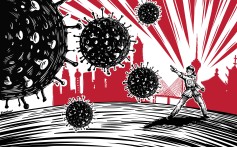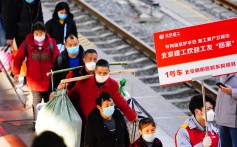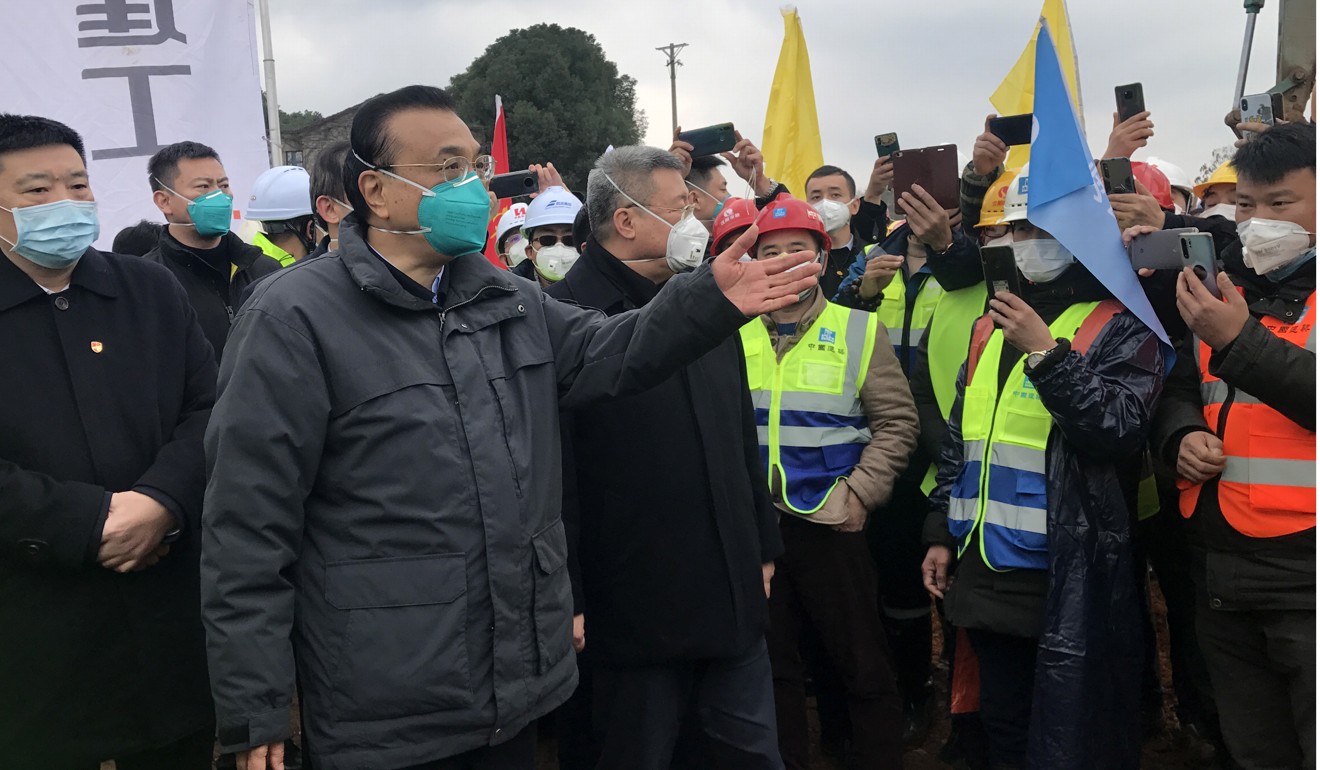‘It’s all fake!’ Angry residents shout at Chinese vice-premier in coronavirus-hit Wuhan
- As Sun Chunlan walks through locked down estate, locals yell out that it was cleaned up and grocery deliveries arranged in time for her visit
- She had been inspecting the distribution of necessities to households and afterwards told officials to face up to the real problems

Jun Mai
Published: 9:30pm, 6 Mar, 2020
1.3k
Vice-Premier Sun Chunlan on an earlier visit to a social welfare institute in Wuhan. She is leading the government’s response to the crisis in the city. Photo: Xinhua
A visit by a senior Chinese official to a community in Wuhan – ground zero of
the coronavirus epidemic
which remains in lockdown – was disrupted by angry residents shouting at her that what she was seeing was staged.
“It’s all fake!” a handful of locals yelled from their apartment windows at Vice-Premier Sun Chunlan and her entourage as they visited the Kaiyuan Gongguan estate on Thursday morning, according to videos of the dramatic scene posted on social media.
Sun, 70, is
the most senior Chinese official in Wuhan
– she has been in the city since late January leading the government’s response to the crisis.
But as she walked through the grounds of the complex, residents protested, saying the management company responsible for the estate had quickly cleaned up before she came and arranged for fake volunteers to deliver groceries to its locked down households, according to Taoran Notes, a social media account linked to the official
Economic Daily.
Sun Chunlan and her entourage seen in a still from a video walking through the grounds of the estate as residents shout from their windows. Photo: Weibo
The episode has been much discussed online and, unusually, it was also covered by Chinese state media – including Communist Party mouthpiece
People’s Daily, which ran a commentary slamming the estate manager for trying to deceive the visiting officials.
Advertisement
Wuhan, a city of 11 million people where the new virus strain first emerged in December, has been in lockdown since January 23 in a bid to limit the spread of the disease. All residents have been barred from leaving the city since then, and from February 10, with some exceptions, they have had to get approval to even leave their homes. Other cities in Hubei province, where Wuhan is located, have also been locked down in an unprecedented mass quarantine effort.
The coronavirus continues to sweep the globe and has so far
infected more than 98,000 people and claimed over 3,300 lives
.
Wuhan residents return home to coronavirus epicentre in China
Vice-Premier Sun had been inspecting the distribution of daily necessities to residents at the estate in Wuhan when she was heckled. Afterwards, she told local officials to face up to the real problems and do away with bureaucratic formalities, according to official news agency Xinhua.
LUNAR NEWSLETTER
Get updates direct to your inbox
SUBSCRIBE
By registering, you agree to our
T&C and
Privacy Policy
Zhu Lijia, a professor at the government-affiliated Chinese Academy of Governance, said there was a general agreement in Beijing to put an end to staged inspections by politicians.
“There is a wide consensus to chip away at such bureaucratic formalities,” Zhu said. “But it has been the practice for a long time, and getting rid of it will be a long-term task.”
Inspections of factories and neighbourhoods by senior Chinese officials have long been criticised as staged and an ineffective way to gather information on the ground.
Read more

In the firing line: the women in China’s war on the coronavirus
Read more

Why did a ‘cured’ coronavirus patient die in China? His widow wants answers
Read more

‘My salary has stopped, but not my rent’: China’s migrant workers take a hit
Beijing has allowed more public criticism of such inspections in recent years, as President Xi Jinping has repeatedly vowed to get rid of bureaucratic formalities and fake reports by lower level officials.
In this year’s annual Lunar New Year gala, broadcast live on state-run CCTV, a comedy routine even poked fun at the inspections, with an official making a staged visit to a hospital and only caring about posing for a publicity shot.
Advertisement
But there is no sign that this much-criticised practice has stopped, even with the country facing what Xi has called its
worst public health crisis since 1949
.
Premier Li Keqiang visits workers at the construction site of a new hospital in Wuhan in January. Photo: EPA-EFE
Ying Yong, the new party chief of Hubei province
brought in to handle the crisis
, was taken aback during a similar visit to a residential compound in Wuhan on February 26, according to a video carried by local media.
When he shouted up to residents asking if there were any problems that needed to be resolved, the reply was loud and clear: “There’s no problem at all.”
Puzzled, he tried again. “I’m sure there are problems, but let’s solve them together,” he said.
Premier Li Keqiang got the same response in late January when he asked workers rushing to build a new hospital for virus patients in Wuhan if they needed anything.
“We don’t have any problems,” Li was told, according to local media footage of the exchange.
It was later reported that some of the workers at the site had not been given enough masks to wear during the construction and a few had contracted the disease after they joined the project.
Purchase the China AI Report 2020
brought to you by SCMP Research and enjoy a 20% discount (original price US$400). This 60-page all new intelligence report gives you first-hand insights and analysis into the latest industry developments and intelligence about China AI. Get exclusive access to our webinars for continuous learning, and interact with China AI executives in live Q&A. Offer valid until 31 March 2020.
This article appeared in the South China Morning Post print edition as: Angry residents yell ‘it’s all fake’ at senior official during visit to Wuhan community














